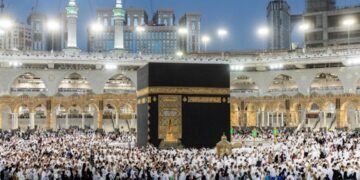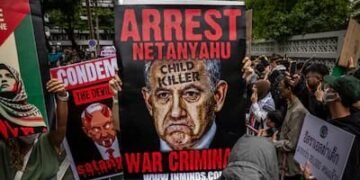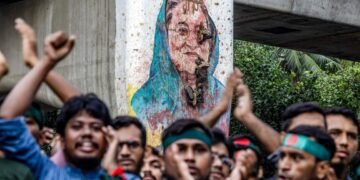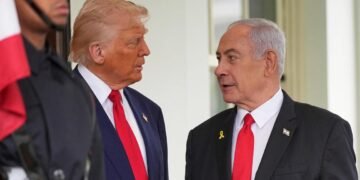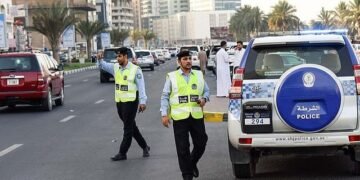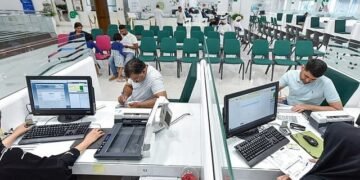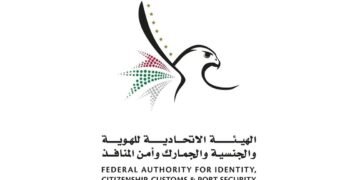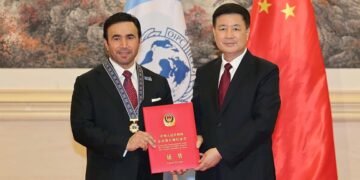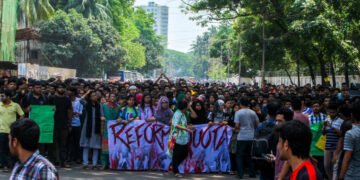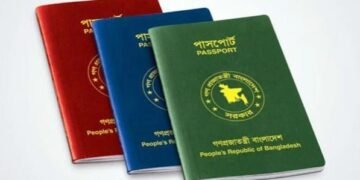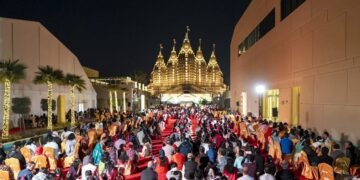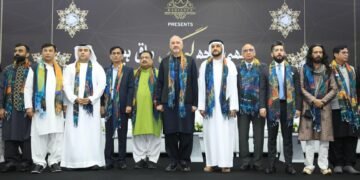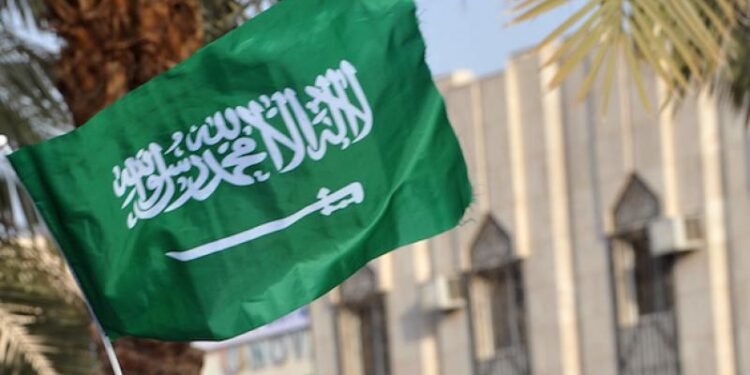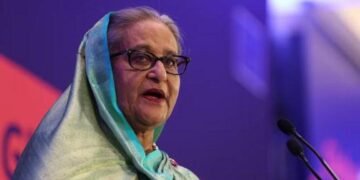Saudi Arabia has decided to officially start using the Gregorian calendar instead of the Hijri calendar or the year calendar. This decision was taken unanimously in the meeting of the Council of Ministers under the leadership of Saudi Crown Prince and Prime Minister Mohammad Bin Salman.
The Gregorian calendar or the Christian calendar is the most internationally recognized calendar. On February 24, 1582, this calendar came into circulation by order of Pope Gregory XIII.
According to a report, it has been decided to use the Gregorian calendar to time all official activities and transactions in Saudi Arabia. However, the rule will be relaxed if there is a clear need to use the Hijri calendar for timing in matters related to Sharia law.
Earlier, in 2012, Saudi Arabia banned the use of the Gregorian calendar in all Arab public and private works and official transactions. At that time all ministries and agencies were instructed to strictly adhere to the Hijri date and the use of the Arabic language. However, the use of the Gregorian calendar in accordance with the Hijri dates was permitted.
Saudi Arabia has been undergoing significant socio-economic changes in recent years. The country is now home to a large number of expatriate workers. According to the report of the Saudi Department of Statistics published in May, the total population of the country is 32 million, of which 41.5 percent are foreigners. This population is 1 crore 34 lakh.
According to the statistics, more than 42 percent of the total expatriate workers living in Saudi Arabia are citizens of three Asian countries. And Bangladesh is at the top of this list. The country has 2.1 million Bangladeshis, which is 15.08 percent of the country’s total diaspora. The next two positions are held by India and Pakistan respectively, with 18.8 million Indians and 18.1 million Pakistanis.
Yemen is number four in the list with 1.8 million expatriates. About 1.4 million Egyptians and more than 8 million Sudanese citizens live in Saudi Arabia. Moreover, the country has 725,000 expatriates from the Philippines and about 450,000 from Syria.




